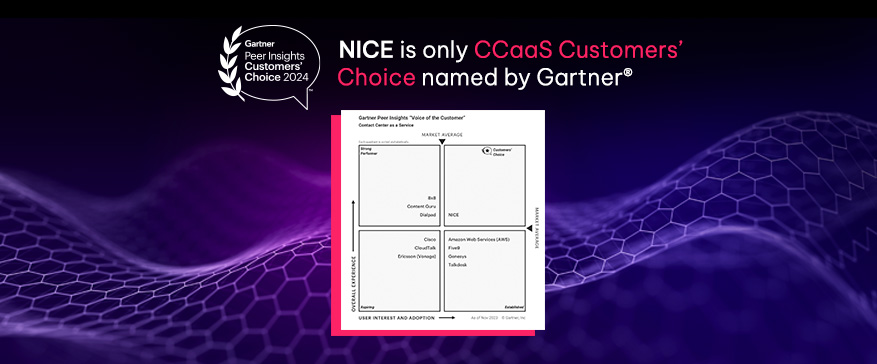Overview
Staffing is the foundation of cost efficiency in contact centers, where agents represent the most significant portion of operational expenses. With payroll costs often accounting for the majority of the budget,
optimizing agent utilization is a key driver of financial success. However, effective staffing is about more than just balancing the numbers—it’s about building a workforce that is engaged, adaptive, and capable of meeting the ever-changing demands of a multi-channel customer service environment.
The Shift from Traditional to Modern Staffing Challenges
In the past, managing contact center staffing was simpler, often relying on historical data and averages to
forecast agent needs. For voice-only centers, this approach could be sufficient for predicting routine fluctuations in call volumes. However, the modern contact center is far more complex, requiring real-time responsiveness to customer behaviors across a variety of channels, each with unique demands:
- Voice calls require immediate responses and strong interpersonal skills.
- Email and social media are asynchronous, demanding careful attention to tone and accuracy.
- Live chat and messenger apps require quick, concurrent interactions, challenging agents to balance efficiency with personalization.
Using outdated methods, such as static averages or manual forecasting, leaves contact centers ill-prepared to adapt to these challenges. Unpredictable events, from seasonal surges to unforeseen disruptions like global pandemics or severe weather, can further destabilize staffing plans.
The Cost of Getting Staffing Wrong
Improper staffing—whether through overstaffing or understaffing—leads to significant financial and operational repercussions:
- Overstaffing: While having surplus agents might seem like a buffer against demand spikes, it results in wasted payroll costs, lower productivity, and agent disengagement. Overstaffed employees often lack sufficient workloads, leading to boredom, decreased motivation, and ultimately poor customer interactions.
- Understaffing: Insufficient agent coverage creates bottlenecks in customer service. Longer wait times, increased frustration, and unresolved issues drive up customer churn rates and harm brand reputation. Agents in understaffed environments are more likely to experience burnout, leading to higher attrition rates and additional hiring costs.
Both scenarios erode
key performance indicators (KPIs), from first-contact resolution rates to customer satisfaction scores, directly impacting the bottom line.









